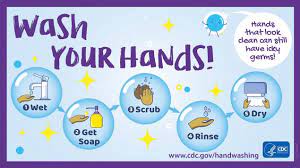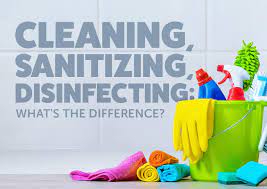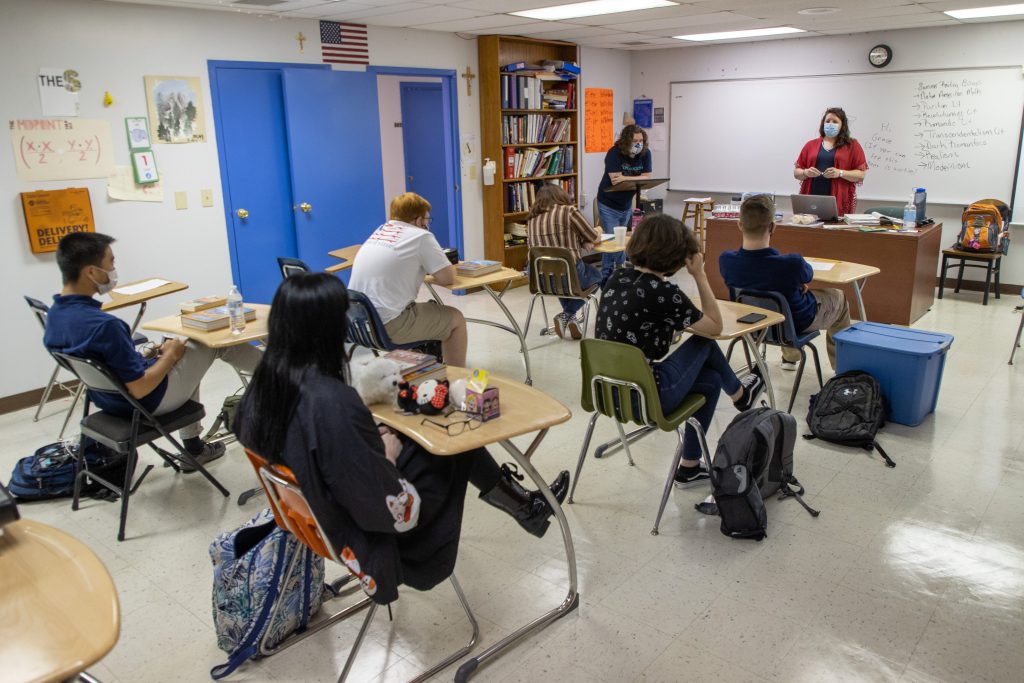Introduction
As COVID-19 continues to affect communities around the world, teachers play a critical role in empowering and educating young minds. As a teacher, you might have questions and concerns about contracting COVID-19 during your day-to-day tasks. We’ve put together a helpful guide to answer some common questions and provide advice on what to do in the unfortunate event of a positive diagnosis.
Question 1: If I test positive for COVID-19, how should I inform my school?
Answer:
Immediately contact your school’s administration or designated COVID-19 liaison to inform them of your positive test result. Be prepared to provide details on when you received the test and any recent close contacts you may have had.
Question 2: What steps should I take during my isolation period?
Answer:
Follow the medical guidelines for isolation, which typically include staying home for at least ten days, limiting exposure to others in your household, and monitoring your symptoms closely. Stay in regular contact with your healthcare provider and keep your school informed of any changes in your condition.
Question 3: How should I manage my class during my absence?
Answer:
Coordinate with your school’s administration, substitutes, and colleagues to ensure continuity for your students. Share lesson plans and relevant resources with those covering for you. Utilize online tools such as video conferencing or learning management systems, if available.
Question 4: How can I support my students emotionally during this time?
Answer:
Acknowledge the emotional impact that COVID-19 may have on students by providing them with age-appropriate information about the situation. Encourage open communication and check in with students regularly to address their concerns, offering reassurance when appropriate.
Question 5: When can I return to work after recovering from COVID-19?
Answer:
You can return to work after meeting the CDC guidelines for ending isolation, which typically include being fever-free for 24 hours without fever-reducing medications, an improvement of symptoms, and passage of at least ten days since the onset of symptoms. Consult with your healthcare provider and follow your school’s policy before returning to work.
Question 6: How can I protect myself from contracting COVID-19 in the future?
Answer:
Continue practicing recommended safety measures such as wearing a mask, maintaining physical distance from others, washing hands regularly, disinfecting frequently touched surfaces, and staying informed about vaccination updates and any changes in guidelines.
Conclusion
As a teacher, you play a vital role in nurturing the next generation. Protecting yourself and your students during these challenging times is crucial. Don’t hesitate to reach out for assistance from colleagues or your school’s administration if you’re experiencing difficulties or concerns related to COVID-19. By working together, we can create a safe environment for all educators and students alike.











